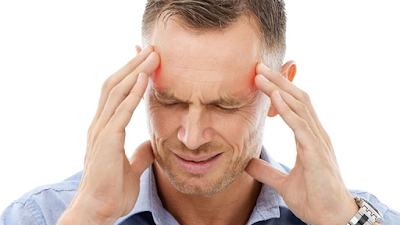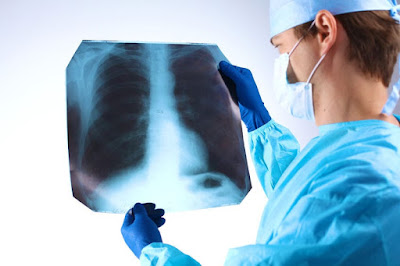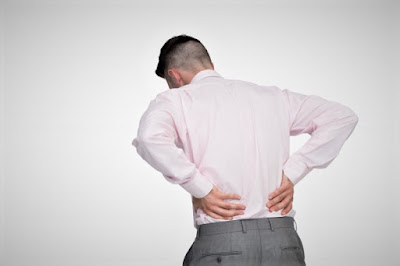What is Migraine? Causes and Treatment
Migraine is an extreme headache, frequently accompanied by nausea, vomiting, light and sound sensitivity. A migraine, normally on one side of the head, can cause intense throbbing pain or a pulsing sensation. It can last for hours to days for migraine attacks, and the pain can be so extreme that it interferes with everyday activities.
For some individuals, before or with a headache, an alert sign is known as an aura occurs. Visual disturbances, such as light or blind spot flashes, or other disturbances, such as tingling on one side of the face or in the arm or leg, and trouble speaking, can have an aura.
Medications can help avoid and make certain migraines less painful. The right medications, combined with remedies for self-help and changes in lifestyle, can help. You can visit the KRIMS Hospitals if you suffer from migraine or headache-related problems. It is the best multispeciality hospital in Nagpur.
Causes of Migraine
Migraine is caused by abnormal activity in the brain. Many things can trigger this activity. But it remains unknown about the actual chain of events. Most medical experts believe that the attack starts in the brain and involves nerve pathways and chemicals. Blood flow in the brain and surrounding tissues are affected by the changes.
Between the ages of 10 and 45, migraine headaches tend to occur first. They start earlier or later sometimes. It may be that migraines run in families. In women, migraines happen more often than in men. Some women have fewer migraines when they are pregnant, but not all.
Migraine attacks may be caused by any of the following:-
- Removal of caffeine
- Changes in hormones during the menstrual cycle of a woman or with the use of birth control pills
- Sleep pattern changes, such as not getting enough sleep
- Drink alcohol
- Exercise or any other physical stress
- Loud sounds or bright lights
- Missed Meals
- Scents or perfumes
- Smoking or exposure to smoking
- Stress and frustration
Migraines may also be caused by certain foods. Most common are the following:-
- Chocolates
- Dairy foods, in general certain cheeses
- Foods containing monosodium glutamate (MSG)
- Tyramine food, which includes red wine, aged cheese, smoked fish, chicken liver, figs, and certain beans.
- Fruit (avocado, banana, citrus fruit)
- Meats containing nitrate (bacon, hot dogs, salami, cured meats)
- Onions
- Peanuts, other nuts, and seeds
- Packaged, fermented, pickled, or marinated food
True migraine headaches are not the result of a brain tumor or other serious medical problems. Only a health care provider who specializes in headaches can determine if your symptoms are due to migraine or other conditions.
Treatment for Migraine
It's not possible to avoid migraines, but your doctor will help you control them so that you can get them less frequently and treat the pain when they happen. Therapy will also help make the migraines that you have less severe.
A combination of these may include your treatment:-
- Migraine treatments for self-care.
- Changes to lifestyles, like stress control and minimizing migraine causes.
- Medicines for OTC pain or migraine, such as NSAIDs or acetaminophen (Tylenol).
- Take prescribed migraine medicines every day to help avoid migraines and reduce the number of headaches you have.
- Prescribed migraine painkillers that you take to prevent it from being serious and to ease the pain as soon as a headache begins.
- To assist with nausea or vomiting, prescribed drugs.
- Hormone treatment if, in contrast to the menstrual cycle, migraines seem to occur.
- Therapy
- Alternative treatment, which can involve neuro feedback, acupressure, meditation, or acupuncture.
At home, you can do a few things that can also help reduce the pain from your migraine headaches:-
- In a peaceful, dark place, fall asleep.
- Give your scalp or temples a massage.
- Place a cold cloth over or behind your neck or forehead.
To alleviate their migraines, many individuals often seek natural home remedies.




Comments
Post a Comment